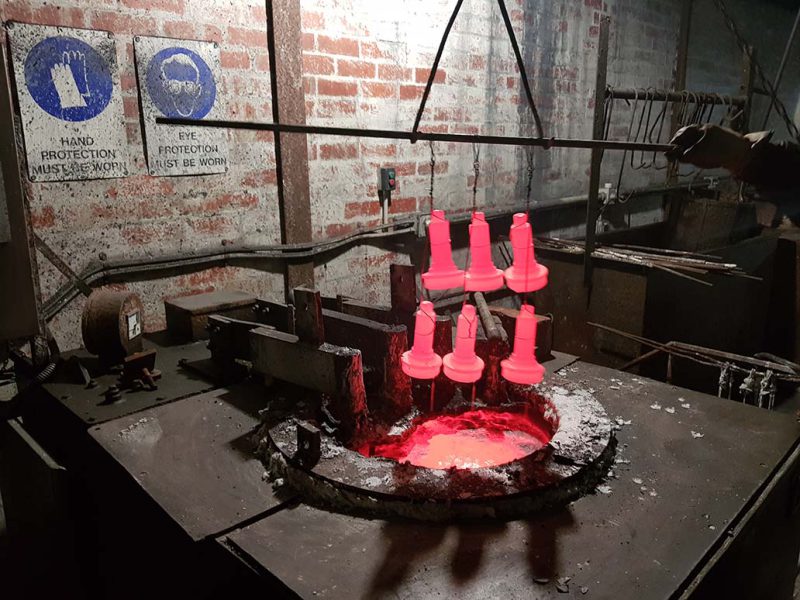
Achieve superior automotive drivetrain performance with Alpha Detroit Heat Treatment’s expert salt pot case hardening techniques and services.
Salt pot case hardening enhances wear resistance in automotive drivetrains by creating a hardened surface while maintaining a tough core. Durability and precision are paramount in high-performance vehicles, and salt pot case hardening significantly contributes to meeting demanding specifications.
Salt Pot Case Hardening for Performance Vehicles: A Reliable Choice
High-performance vehicles favour salt pot case hardening because of its exceptional resistance to wear. Handling large loads and fast speeds requires a consistent hardening process, which it offers.
In high-performance vehicles, drivetrain reliability is crucial. Salt bath case hardening ensures that components can handle high-speed stresses, making it a reliable choice for enhancing vehicle durability.
The Process Behind Salt Pot Case Hardening
For automotive manufacturers, the choice of hardening technique impacts vehicle performance and lifespan. Salt bath case hardening enhances wear resistance without compromising core strength, making it suitable for heavy-duty applications.
Here are some key steps involved in the salt pot case hardening process:
• Preparation: Components are cleaned and prepared for the hardening process to ensure optimal results. This step is crucial for removing any contaminants that could interfere with the hardening process.
• Heating: The components are heated in a molten salt bath, typically using an external heat source such as a burner or electrode setup. The salt is heated to a molten state, allowing for efficient heat transfer to the components.
• Carbon Diffusion: Carbon from the salt bath diffuses into the surface of the components, creating a hardened layer. This diffusion process enhances the wear resistance and hardness of the component surface.
• Quenching: After heating, the components are quenched to rapidly cool them and achieve the desired hardness. Quenching transforms the austenitic structure into a martensitic structure, which is harder and more wear-resistant.
• Tempering: Tempering may be applied after quenching to relieve internal stresses and improve toughness.
This step helps balance hardness with ductility, ensuring the components can handle heavy loads without cracking.
• Inspection: In this phase, the components are inspected to ensure they meet the required specifications. This quality control step verifies that the hardening process has been successful and the components are ready for use.
• Post-Treatment: Additional treatments may be applied to enhance specific properties or prepare the components for final assembly. These treatments can include surface coatings or further machining to achieve precise dimensions.
Alpha Detroit Heat Treatment: Enhancing Automotive Performance
As the automotive industry continues to evolve, the importance of effective heat treatment processes like salt pot case hardening remains paramount for enhancing wear resistance in drivetrain components. Alpha Detroit Heat Treatment is uniquely positioned to guide you through the most appropriate techniques for your specific needs.
Review our comprehensive range of heat treatment services to enhance your automotive components’ performance and lifespan.
Related blog: Salt Pot Case Hardening Defined
Read this supporting content for more refined concepts about the topic: The Use of Case Hardening to Improve Wear Resistance in Metal Components
Optimized by: Netwizard SEO
